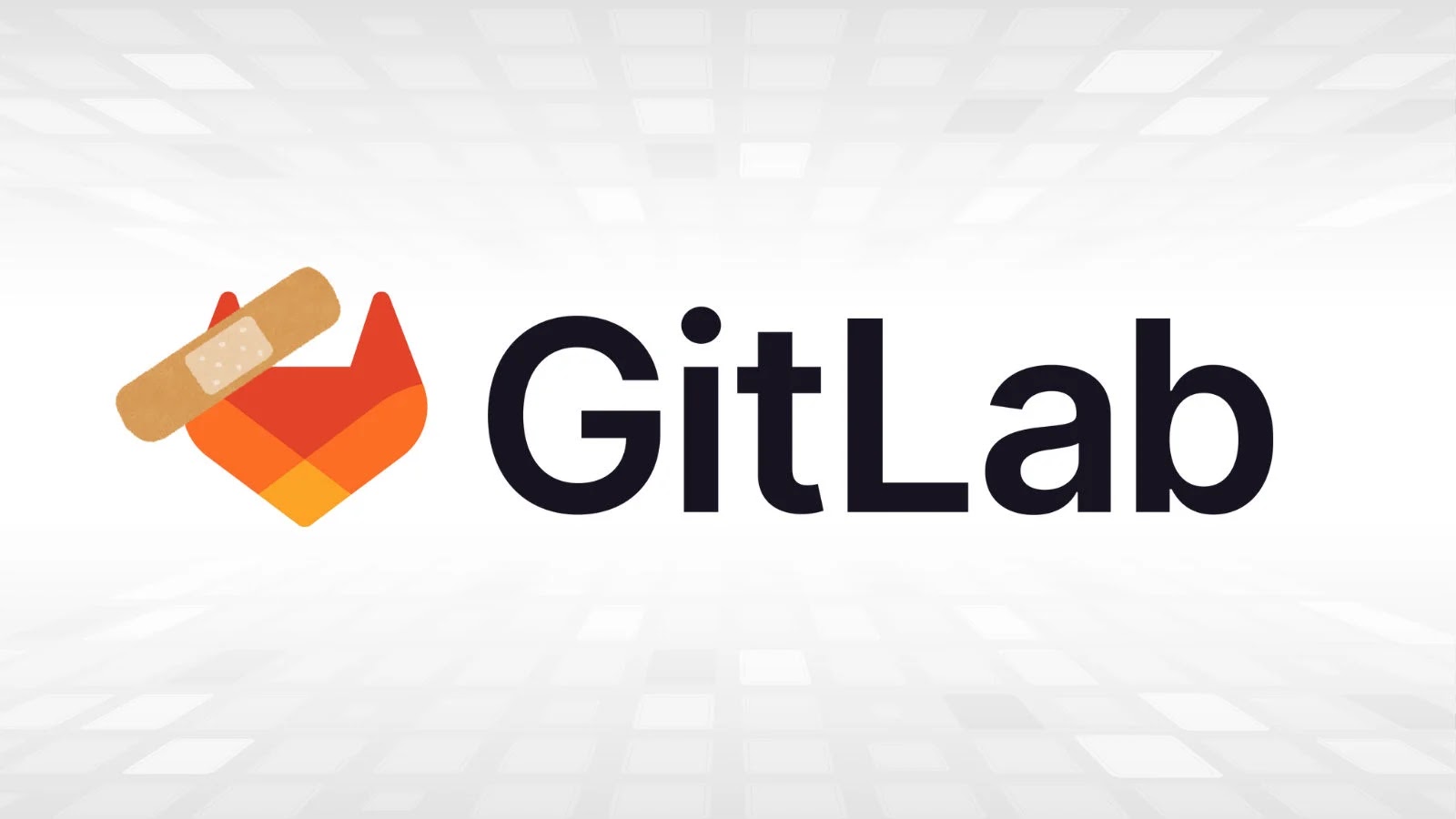In a concerning development within the cybersecurity landscape, malicious actors have harnessed artificial intelligence (AI) to craft a deceptive NPM package designed to siphon funds from cryptocurrency wallets. This package, identified as `@kodane/patch-manager`, masquerades as a legitimate tool for license validation and registry optimization in high-performance Node.js applications. However, its true purpose is far more nefarious: to drain assets from wallets associated with the Solana blockchain.
Discovery and Distribution
The malicious package was uploaded to the NPM registry on July 28, 2025, by a user operating under the alias Kodane. Within a mere two days, it had been downloaded over 1,500 times across 17 different versions before its detection and subsequent removal. This rapid dissemination underscores the efficiency and reach of supply chain attacks, especially when they exploit the trust developers place in open-source repositories.
AI-Generated Deception
Upon closer examination, cybersecurity researchers from GetSafety identified several indicators suggesting the package’s code was generated using AI tools. The source code was replete with excessive emojis, numerous `console.log` statements, and over-commented functions—hallmarks of AI-generated code. Additionally, the documentation within the code referred to an ENHANCED STEALTH WALLET DRAINER, a term likely crafted to mislead and obfuscate the package’s true intent.
Installation and Execution Mechanism
The package employs a `postinstall` script to deploy its malicious components across various operating systems:
“`json
{
scripts: {
postinstall: node scripts/post-install.js,
preuninstall: node scripts/cleanup.js
}
}
“`
Upon installation, the malware strategically places itself in hidden directories that mimic legitimate cache folders:
– macOS: `~/Library/Application Support/npm/registry-cache/`
– Linux: `~/.local/share/npm/registry-cache/`
– Windows: `%APPDATA%\npm\registry-cache\`
On Windows systems, it further conceals its presence by executing the `attrib +H` command, rendering the installation directory hidden from standard file explorers.
Command and Control Operations
A persistent background process named `connection-pool.js` establishes communication with a command-and-control (C2) server located at `sweeper-monitor-production.up.railway.app`. This server remains active, with logs indicating ongoing operations, including multiple successful wallet drains and funding events.
Implications and Broader Context
This incident highlights a troubling trend: the weaponization of AI by cybercriminals to enhance the sophistication and believability of their attacks. By leveraging AI, attackers can generate convincing technical documentation and code comments, making it increasingly challenging for developers to discern malicious packages from legitimate ones.
The use of AI in crafting such deceptive packages is not an isolated event. In previous instances, attackers have exploited AI-generated code to introduce vulnerabilities into software supply chains. For example, in June 2024, cybersecurity experts identified a technique termed slopsquatting, where attackers created fake packages with names resembling non-existent packages suggested by AI models. Developers, relying on these AI recommendations without proper validation, inadvertently introduced malware into their systems. ([techradar.com](https://www.techradar.com/pro/mitigating-the-risks-of-package-hallucination-and-slopsquatting?utm_source=openai))
Mitigation Strategies
To defend against such sophisticated threats, developers and organizations should adopt a multi-faceted security approach:
1. Vigilant Package Verification: Before integrating any package, especially those newly published or with limited downloads, thoroughly review its source code, documentation, and associated metadata.
2. Dependency Management Tools: Utilize tools that can analyze and monitor dependencies for known vulnerabilities or suspicious behavior.
3. Regular Security Audits: Conduct periodic audits of all integrated packages to ensure they remain secure and have not been compromised in subsequent updates.
4. Educate Development Teams: Provide training on the risks associated with third-party packages and the importance of verifying their authenticity.
5. Implement Repository Firewalls: Use repository firewalls to block or flag packages that do not meet predefined security criteria.
Conclusion
The emergence of AI-generated malicious packages like `@kodane/patch-manager` signifies a new frontier in cyber threats. As attackers continue to refine their methods using advanced technologies, the onus is on the developer community to enhance their vigilance and adopt robust security practices. By fostering a culture of security awareness and implementing proactive measures, the risks associated with such sophisticated attacks can be mitigated.



